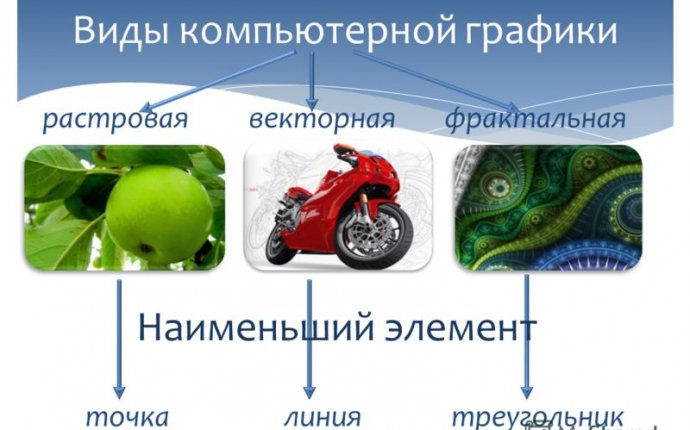
Types Of Computer Scheduling
The graphic presentation of computer monitor data was first performed in the mid-1950s for large computers used in scientific and military research. Since then, the graphic way of displaying data has become an integral part of most computer systems.
There is a specific field of informatics, which examines methods and means of creating and processing images through software-accounting units, a computer schedule.
Depending on the method of formation computer graphics It's accepted to be subdivided into vegetation and vector.
A three-dimensional timetable is considered to be a separate subject, examining techniques and techniques for the construction of large-scale objects in virtual space. It usually combines vector and vegetation techniques.
The specification of the graphs in selected areas indicates the names of some sections: engineering schedule, scientific schedule, Webgraphics, computer printing and other.
For vegetated images consisting of points, the concept of authorization is particularly important, reflecting the number of points per unit of length. The following should be distinguished:
- Authorization of the original;
- authorization of the screen image;
- Authorization of the printed image.
Authorization of the original
The original authorization shall be measured at points in inch (dots per inch - dpi) and depends on the quality and size of the file, the digitization method or the method of establishing a baseline illustration, the selected file format and other parameters. In general, there is a rule: the higher the quality requirements, the higher the original approval must be.
Permission of screen image
For screen copies of the elemental point of the dirt, it's called piccell. The size of the picsel varies depending on the selected screen authorization, the original authorization and the size of the display.
For a screen copy of the image, it is sufficient to permit 72 dpi, to print on a coloured or laser printer 150-200 dpi, to be removed from a photo-exposing device 200-300 dpi. An empirical rule has been established that, when printed, the original authorization must be 1, 5 times as large as the deactivation lanitur. If the hard copy is increased from the original, these values should be multiplied by the scale factor.









